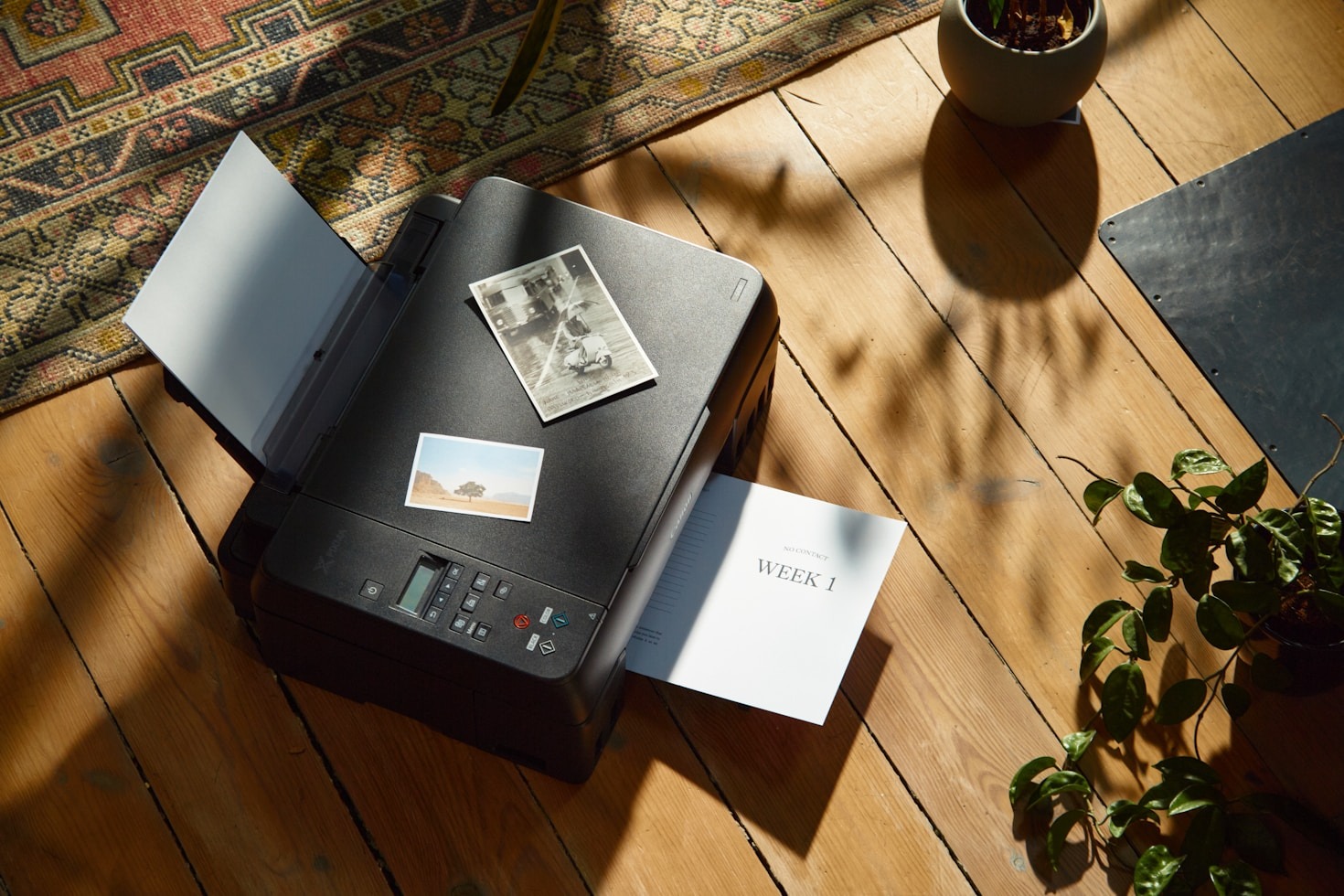Your cart is currently empty!
How to Connect a Printer to Your Device: A Comprehensive Guide
In today’s tech-driven world, printers remain essential tools for both personal and professional tasks. Whether you’re printing documents for work or photos for your scrapbook, a reliable connection between your printer and device is crucial. This guide will walk you through the various methods of connecting a printer to your computer, laptop, or mobile device.
Types of Printer Connections
Printers can connect to your device in several ways, depending on the model and technology. The most common methods include:
- USB Connection
This is one of the simplest and most reliable ways to connect a printer. Most modern printers come with a USB cable that links directly to your computer or laptop. Once connected, your device should automatically recognize the printer and prompt you to install any necessary drivers. - Wi-Fi Connection
Wireless printers are increasingly popular for their convenience and flexibility. To connect via Wi-Fi, ensure your printer is connected to the same network as your device. Typically, this involves entering your Wi-Fi network credentials into the printer setup menu. Once connected, you can add the printer to your device through its settings. - Bluetooth Connection
Some printers offer Bluetooth connectivity, allowing you to print directly from devices like smartphones, tablets, and laptops. To use this feature, ensure that both your printer and device have Bluetooth enabled, and pair the two devices. - Ethernet Connection
For offices or homes with a more robust network setup, connecting a printer via Ethernet can be a reliable solution. Plug the Ethernet cable into your printer and connect it to your router or network switch. Devices on the same network should then be able to detect and use the printer. - Cloud Printing
Cloud-based solutions like Google Cloud Print (now discontinued but replaced by similar services) allow you to print documents from anywhere, as long as your printer is connected to the internet. Some printers come with built-in cloud printing capabilities, making it even easier to print remotely.
Step-by-Step Connection Guide
For USB Printers:
- Plug the USB cable into the printer and your computer.
- Turn on the printer.
- Wait for your computer to detect the printer. If drivers are not automatically installed, download them from the manufacturer’s website.
- Once installed, test the connection by printing a document.
For Wi-Fi Printers:
- Power on your printer and go to the Wi-Fi setup menu.
- Select your Wi-Fi network and enter the password.
- On your computer or mobile device, go to the printer settings and search for available printers.
- Add your printer and test the connection.
For Bluetooth Printers:
- Enable Bluetooth on both your printer and device.
- Search for nearby Bluetooth devices on your computer or mobile device.
- Select your printer from the list and pair it.
- Confirm the connection and print a test page.
For Ethernet Printers:
- Connect the printer to your network using an Ethernet cable.
- On your device, go to printer settings and search for network printers.
- Select your printer and follow the prompts to complete the setup.


Troubleshooting Common Issues
- Printer Not Detected
- Ensure the printer is powered on.
- Check all cables and connections.
- Restart your device and printer.
- Wi-Fi Connection Issues
- Verify that the printer and device are on the same network.
- Re-enter the Wi-Fi credentials on your printer.
- Restart your router if necessary.
- Driver Problems
- Update your printer drivers from the manufacturer’s website.
- Uninstall and reinstall the printer software.
- Slow Printing
- Ensure your printer firmware is up to date.
- Check for network congestion if using Wi-Fi.
Conclusion
Connecting a printer to your device can seem daunting, but with the right knowledge and steps, it becomes a straightforward process. Whether you prefer the simplicity of a USB connection or the flexibility of wireless options, modern printers offer a range of features to suit your needs. By following the steps outlined in this guide, you’ll be able to enjoy seamless printing in no time.


Leave a Reply